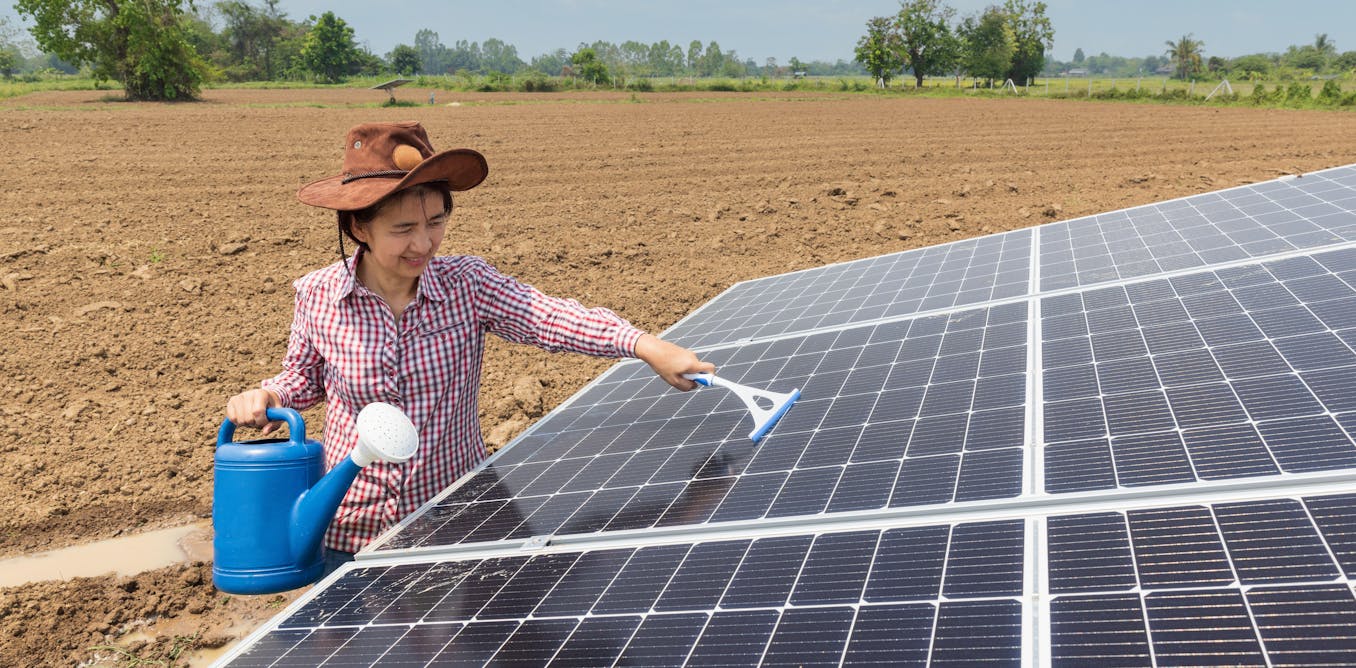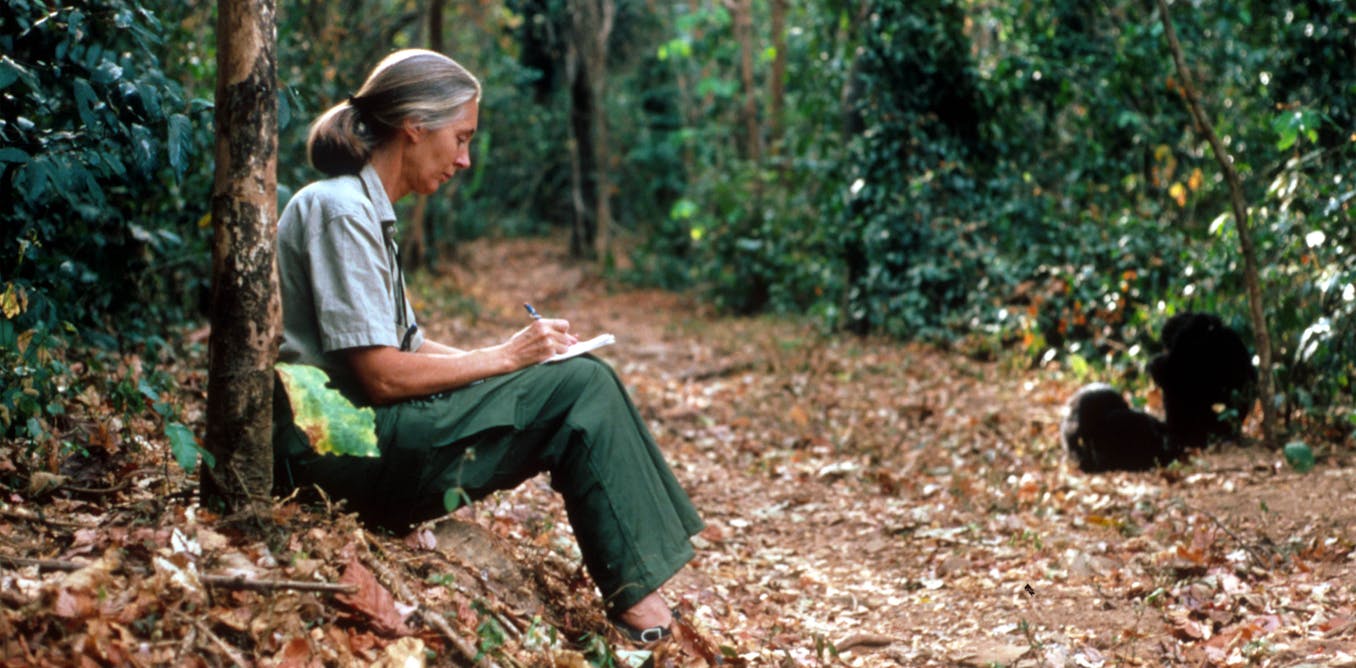Our ancient ancestors weren’t jacked. They were energy savers. | Daniel Lieberman
Daniel Lieberman’s video “Our ancient ancestors weren’t jacked. They were energy savers” delves into the cost of keeping our bodies running and explains why physical activity was limited for our ancient ancestors. Lieberman explains that basic, essential bodily functions require a significant amount of energy. Even when doing nothing, our bodies spend about 1,400 calories per day just to keep us alive. This cost of maintaining our bodies helps to explain why we tend to avoid unnecessary physical activity.
Our ancestors had to conserve energy and didn’t waste it on unnecessary physical activity because finding food was incredibly difficult. Today, even though we have easy access to energy sources, we still naturally protect how we spend that energy.
Lieberman’s message is that there’s no one perfect dose or type of exercise, and anything is better than nothing. He emphasizes that being physically active and healthy doesn’t necessarily mean running marathons or adhering to a strict exercise regimen. Even an hour of exercise per week is better than nothing.
The video features Daniel Lieberman, a Harvard professor of Biological Sciences, Human Evolutionary Biology, and member of the American Academy of Arts and Sciences. He has published over 150 peer-reviewed papers and has extensive expertise in the field of human evolution and physical activity.
The video is part of Big Think, the leading source of expert-driven educational content, featuring thousands of videos from experts ranging from Bill Clinton to Bill Nye. It aims to help people get smarter, faster by exploring the big ideas and core skills that define knowledge in the 21st century.
Watch the video by Big Think
– So if you’re sitting while watching this, right, for every five breaths you take, probably about one is paying for your brain. Another is paying for your liver, you know. Another’s paying for your muscles, and the other two are paying for all the other functions that are going on in your body.
But even now, I’m spending a fair amount of calories just existing. I spend about 3, 4, maybe 500, 450 calories a day just paying for my brain. My muscle, even if I’m not doing anything with my muscles, my muscles constantly require energy. My gut is requiring energy. My kidneys require energy.
My liver is requiring energy. My heart is requiring energy. So all of these processes are all adding up. Just existing is a fairly expensive prospect. And we have unusually expensive bodies, and a typical sort of human is spending about 1,300, 1,400, 1,500, 1,600 calories a day, just on all those basic processes,
Even if they’re doing nothing else. There are a lot of ways to quantify how physically active somebody is, right? A simple way of doing it is what’s called the ‘Physical Activity Level.’ It’s the total amount of energy you spend in a day divided by the energy you would spend just taking care
Of the most basic, essential functions of your body. If you’re in bedrest in a hospital and, you know, lying in bed with just like a clicker for the TV, and you’re doing absolutely nothing, not even digesting food, your physical activity level would be about a 1.2.
And if you’re like a Tour de France cyclist it would be above three. If you’re kind of a desk worker it would be like 1.6. So it’s kind of a way to compare individuals but also species because it’s standardized by your body size, ’cause your body size essentially determines your ‘Basal Metabolic Rate.’
So, your basal metabolic rate is a really important number because it tells you, kind of just how much energy you’re spending on just the essential maintenance of your body. And it turns out that a kind of typical, say adult male my size, spends about two thirds of his or her metabolism
Just on basal metabolic rates. So I spend about 1,600 calories a day just existing. The fact that our bodies are so expensive helps explain why we tend to avoid unnecessary physical activity. Until recently, energy used to be limited. It wasn’t like 7-Elevens, or Dunkin’ Donuts, or Whole Foods,
Or whatever your favorite place to get food is, right around the corner. You know, if you wanted something to eat you had to go find it. You had to either hunt it, or gather it, or dig it up. And energy was limited. And when energy is limited,
You have to engage in trade-offs, right? We think so much about exercise in terms of elite athletics. You know, the fastest, the highest-jumping, the strongest etc. And it’s wonderful, right? It’s great entertainment, but that’s actually kind of what it is, right? It’s actually entertainment. The world’s fastest runners are able to do,
Or the world’s best basketball players are able to do, have almost nothing to do with what most of us do, right? And so we get this kind of, I think, sometimes a perverted idea about what’s normal from elite athletics, because we’re looking at the extremes,
The best of the best of the best of the best of the best. These are people who’ve spent years of their lives training to do just one thing, and one thing really well, but that’s not what most of us do. For the vast majority of people, what they’re trying to figure out
Is how to just get enough exercise. And I think the important message that often is missed, is that if you’re physically inactive and you’re struggling to be more active, anything is better than nothing. You don’t need to, like, run marathons. You don’t need to do a couch to 5k.
You don’t need to even do necessarily 150 minutes a week. Even an hour a week will be better than nothing. There’s no one perfect dose. There’s no one perfect type. And I think helping people understand that, I think relieves them of some of the stress. – Get smarter, faster,
With videos from the world’s biggest thinkers. And to learn even more from the world’s biggest thinkers, get Big Think+ for your business.
Author Video Description
Pro-athletes are entertainers. Being healthy means something else.
Subscribe to Big Think on YouTube ► https://www.youtube.com/c/bigthink
Up Next ► Harvard professor debunks the biggest exercise myths https://youtu.be/n6AwsVGJDOY
There’s a cost to keeping your body running. For every five breaths you take, one is paying for your brain, one is paying for your liver, and another is paying for your muscles.
On average, your body spends about 1,400 calories per day just keeping you alive, even if you’re doing nothing else. This helps explain why we tend to avoid unnecessary physical activity.
For our ancestors, finding food could be incredibly difficult, so they didn’t waste energy. Today, even though have energy sources ready at our fingertips, we still naturally protect how we spend that energy.
Read the video transcript ► https://bigthink.com/series/explain-it-like-im-smart/physical-activity/
———————————————————————————-
About Daniel Lieberman:
Daniel Lieberman is Edwin M. Lerner II Professor of Biological Sciences and a professor of the Department of Human Evolutionary Biology at Harvard University. He received degrees from Harvard and Cambridge, and taught at Rutgers University and George Washington University before joining Harvard University as a Professor in 2001. He is a member of American Academy of Arts and Sciences. Lieberman loves teaching and has published over 150 peer-reviewed papers, many in journals such as Nature, Science, and PNAS, as well as three popular books, The Evolution of the Human Head (2011), The Story of the Human Body: Evolution, Health and Disease (2013), and Exercised: Why Something We Never Evolved to Do is Healthy and Rewarding (2020).
———————————————————————————-
Read more of our stories on physical activity:
Do we really need to walk 10,000 steps a day?
► https://bigthink.com/health/10-000-steps-a-day/
This molecule may be the “secret sauce” of exercise — but it won’t work as a pill
► https://bigthink.com/health/lac-phe-exercise-pill/
Does sex count as exercise? Scientists describe the physical demands of intercourse
► https://bigthink.com/health/does-sex-count-as-exercise/
———————————————————————————-
About Big Think | Smarter Faster™
► Big Think
The leading source of expert-driven, educational content. With thousands of videos, featuring experts ranging from Bill Clinton to Bill Nye, Big Think helps you get smarter, faster by exploring the big ideas and core skills that define knowledge in the 21st century.
► Big Think+
Make your business smarter, faster: https://bigthink.com/plus/
———————————————————————————-
Want more Big Think?
► Daily editorial features: https://bigthink.com/popular/
► Get the best of Big Think right to your inbox: https://bigthink.com/st/newsletter
► Facebook: https://bigth.ink/facebook
► Instagram: https://bigth.ink/Instagram
► Twitter: https://bigth.ink/twitter
About Big Think
Big Think is the leading source of expert-driven, actionable, educational content — with thousands of videos, featuring experts ranging from Bill Clinton to Bill Nye, we help you get smarter, faster. Get actionable lessons from the world’s greatest thinkers & doers. Our experts are either disrupting or leading their respective fields.
Video “Our ancient ancestors weren’t jacked. They were energy savers. | Daniel Lieberman” was uploaded on 08/28/2022 to Youtube Channel Big Think



































